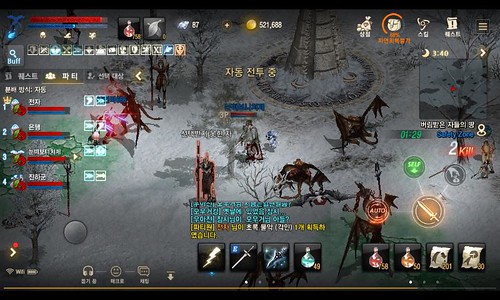Est Occupied Molecular Orbital;  LUMO: energy {of the|from the
LUMO: energy {of the|from the
Est Occupied Molecular Orbital; LUMO: energy in the Lowest Unoccupied Molecular Orbital. DGIZ: diameter of development inhibition in zone inhibition assay on strong medium caused by CTBT g added to paper disk (diameter of mm). CTBT: -chlorotetrazolo ,-cbenzo,,triazine; : tetrazolo ,-cbenzo,,triazine; : -methyltetrazolo ,-cbenzo,,triazine; : ,,triazolo ,, cbenzo,,triazine; : -chloro,,triazolo ,, cbenzo,,triazine; : -bromo,,triazolo ,, cbenzo,,triazine.Batova et al. BMC Genomics , : http:biomedcentral-Page ofof growth by this drug was observed beneath strictly anaerobic conditions. Antifungal activity of CTBT was greater on media containing glycerol plus ethanol rather of glucose indicating that developed functional mitochondria could be inved in drug action. This implies that apart from superoxide anion radical (O .-) and ROS generation CTBT does not have other direct cytotoxic effects. ROS affect many cellular functions by damaging nucleic acids, oxidizing proteins and causing lipid peroxidation ,. Dismutation of superoxide into hydrogen peroxide and molecular MedChemExpress SNX-5422 Mesylate oxygen is catalyzed by two superoxide dismutases: the Cu, Zn-depending Sodp localized inside the cytosol along with the mitochondrial intermembrane space plus the Mn-depending Sodp that is localized within the mitochondrial matrixAmong the PubMed ID:http://www.ncbi.nlm.nih.gov/pubmed/20833364?dopt=Abstract gene deletion strains chosen for enhanced CTBT sensitivity (Additional file), the sod and sod mutant strains were located to be one of the most sensitive. Moreover, the mutants deleted for SOD and CCS, a copper chaperone important for Sodp maturation, had a related phenotype. CTBT could act as an inhibitor of Sods. Considering the fact that the sodsod double mutant cells were also sensitive to CTBT the Sodp and Sodp superoxide dismutases can not be the key targets of CTBT action. Consequently, CTBT is actually a producer of superoxide in presence of oxygen. CTBT could either straight be a reducing agent or, alternatively, as a cofactor inside the context of an enzyme. Our genetic information suggest that CTBT just isn’t acting through a single enzyme because such deletion mutants will be resistant to CTBT and could be quickly isolated by genetic suggests. In reality, in related screen we were unable to seek out deletion mutants resistant to CTBT utilized at the concentration of gml. On the other hand, the possibility of a redundant enzymatic activity exists plus the requirement of reducing equivalents. In intact cells, the superoxide anion radical (O.-) would be the precursor of most ROS and is generated below particular bioenergetic circumstances at quite a few websites inside the mitochondrial electron-transport method. The majority of superoxide is converted to H O and oxygen inside and outdoors the mitochondrial matrix by superoxide dismutases ,. Non-mitochondrial sources of ROS inve cytochrome b reductase, NADPH oxidases, lipoxygenases, monoamine oxidases, xanthine oxidase and other folks ,. In S. cerevisiae, the primary web sites of mitochondrial superoxide formation are one NADH:ubiquinone oxidoreductase situated within the inner mitochondrial membrane and facing the matrix , two NADH:ubiquinone oxidoreductases facing the mitochondrial intermembrane space along with the ubiquinol: cytochrome c reductaseThis is in line with our scheme proposing CTBT induced superoxide generation in mitochondria (Figure). In addition, paraquat, theherbicide generating superoxide by redox cycling, is principally decreased by mitochondrial NADH dehydrogenasesMost identified genes needed for elevated CTBT susceptibility had been located to be inved in mitochondrial biogenesis and function, DNA repair, gene exp.
